As student loan debt remains a major financial burden for millions, Minnesota workers—from the tech hubs of Minneapolis to the healthcare corridors of Rochester—are navigating a new repayment reality. President Trump’s “One Big Beautiful Bill Act” has restructured the federal student loan system, replacing existing plans with two simplified options. While some mourn the loss of flexibility, others welcome the streamlined structure. Here’s how this transformation is reshaping debt management across Minnesota.
A New Era for Federal Student Loan Repayment
The Biden-era SAVE Plan and previous income-driven repayment programs are now defunct. In their place, Trump’s legislation introduces:
- A Standard Repayment Plan: Terms depend on total debt balance (10 to 25 years).
- A Repayment Assistance Plan (RAP): Payments based on adjusted gross income, especially helpful for those earning under $30,000 annually.
These reforms aim to simplify student loan management but also introduce new considerations for borrowers in Minnesota.
Key Changes Minnesota Borrowers Face
Fewer Plans, Simpler Choices
Gone are the confusing seven-plan menus. Now, borrowers choose between two core options. While this reduces complexity, it also limits flexibility for nuanced financial situations.
Standard Repayment Structure
In cities like Mankato or Eden Prairie, borrowers with modest loans will now repay over 10 years, while those with higher balances may see up to 25-year repayment schedules.
Income-Driven RAP Benefits
Residents in St. Cloud and Moorhead with fluctuating or low income stand to benefit from RAP. Borrowers under the $30,000 income threshold may pay $0 monthly without penalty.
The Impact on Minnesota’s Workforce
A State Rich in Education—and Debt
Minnesota’s educational legacy, from the University of Minnesota to its community college system, produces a highly educated workforce—and a heavy student debt load.
- Total debt held by Minnesotans: $26.5 billion
- Average balance per borrower: $33,600
- Number of borrowers: Over 788,000
Industries like healthcare, education, and public service—key sectors in Duluth, Burnsville, and St. Paul—are particularly affected.
How Minnesota Cities Are Responding
Minneapolis
Borrowers working in both corporate and nonprofit sectors appreciate the new predictability. But freelancers, artists, and hospitality workers express concern over lost flexibility.
St. Paul
Home to many state employees, St. Paul sees cautious optimism. With PSLF preserved—but narrowed—many public workers are reassessing their eligibility and career plans.
Duluth
Healthcare professionals, often with six-figure debt, must adjust to stricter federal borrowing caps and longer repayment timelines—prompting a surge in use of local debt counseling services.
Rochester
Workers at the Mayo Clinic are cautiously optimistic. RAP helps lower-earning employees, but higher earners planning forgiveness must consider possible tax consequences under Minnesota law.
Mankato & St. Cloud
These mid-sized cities welcome clarity in repayment plans. Educators and public employees are turning to local alumni groups and non-profits for personalized repayment advice.
Statewide Facts and Figures
- Certificate holders’ median debt (2022): $10,000
- Associate degree debt: $16,000+
- Federal loan default rate: Below national average
- Loan burden impact: Delays in home ownership and reduced consumer spending in urban centers
Tax Implications and Local Relief Programs
While federal forgiveness is tax-free, Minnesota does not automatically conform. Unless legislative changes occur:
- Forgiven amounts may be taxed as income, affecting workers in Woodbury, Maple Grove, and Eagan.
However, the Minnesota Student Loan Reimbursement Program—available to eligible public employees—offers up to $25,000 in loan aid over time, offsetting some tax-related pain.
Public Service Loan Forgiveness (PSLF): Still Standing, Narrower in Scope
PSLF remains intact but more narrowly defined. Only certified non-profit and government roles count. This has led Minneapolis and St. Paul to expand informational campaigns and legal clinics to help public service workers remain eligible.
Case Study: A Minneapolis Teacher’s Journey
Emily, a South Minneapolis middle school teacher, transitioned from an income-driven plan to RAP. Her payments remain affordable, but she now fears the looming tax hit when her loans are forgiven—a growing concern among educators.
Financial Counseling and Community Support
The Minnesota Office of Higher Education and major universities have launched:
- Free financial counseling
- Workshops in cities like Duluth and Moorhead
- Guides on PSLF, RAP eligibility, and state tax impacts
Employers Join the Fight Against Debt
Minnesota companies—especially in Bloomington’s tech corridor and Rochester’s healthcare sector—are offering student loan repayment benefits:
- Some provide up to $5,250 annually, tax-free under federal rules
- These perks help recruit and retain talent amid rising education costs
The Economic Ripple Effect
Reduced repayment burdens could fuel consumer activity across the Twin Cities. More stable payments mean more confidence for:
- Renters becoming homeowners
- New parents starting families
- Workers pursuing career changes or entrepreneurship
Rural and Suburban Communities See Unique Effects
In Alexandria, Red Wing, and Bemidji, wages remain lower, so even small loan payments loom large. Yet, public service professions (like teaching and social work) remain popular, and these changes may offer longer-term benefits—especially via PSLF.
Navigating the Transition: What Borrowers Should Do
Minnesota borrowers should:
- Log into StudentAid.gov to review and update repayment plans
- Consult tax professionals about forgiveness tax implications
- Monitor employer benefits for student loan support
- Explore state-sponsored programs and legislative updates
- Attend city and campus workshops for live guidance
What the Future Holds for Minnesota Workers
As 2026 nears and Trump’s changes fully phase in, workers across Minnesota will adapt in diverse ways:
- Twin Cities residents push for state tax relief
- Rural borrowers adjust expectations and look to public service
- Employers integrate debt support into benefits packages
This shift is not just about payments—it’s about reshaping career paths, family planning, and long-term financial wellbeing across the state.
Conclusion
Trump’s overhaul of student loan repayment marks a turning point for nearly 800,000 Minnesotans. While the new plans offer structure and simplicity, gaps remain—especially around taxes and PSLF qualifications. But Minnesota’s strength lies in its civic infrastructure, educational resources, and employer support systems, which together are helping borrowers chart a new, more hopeful financial path.

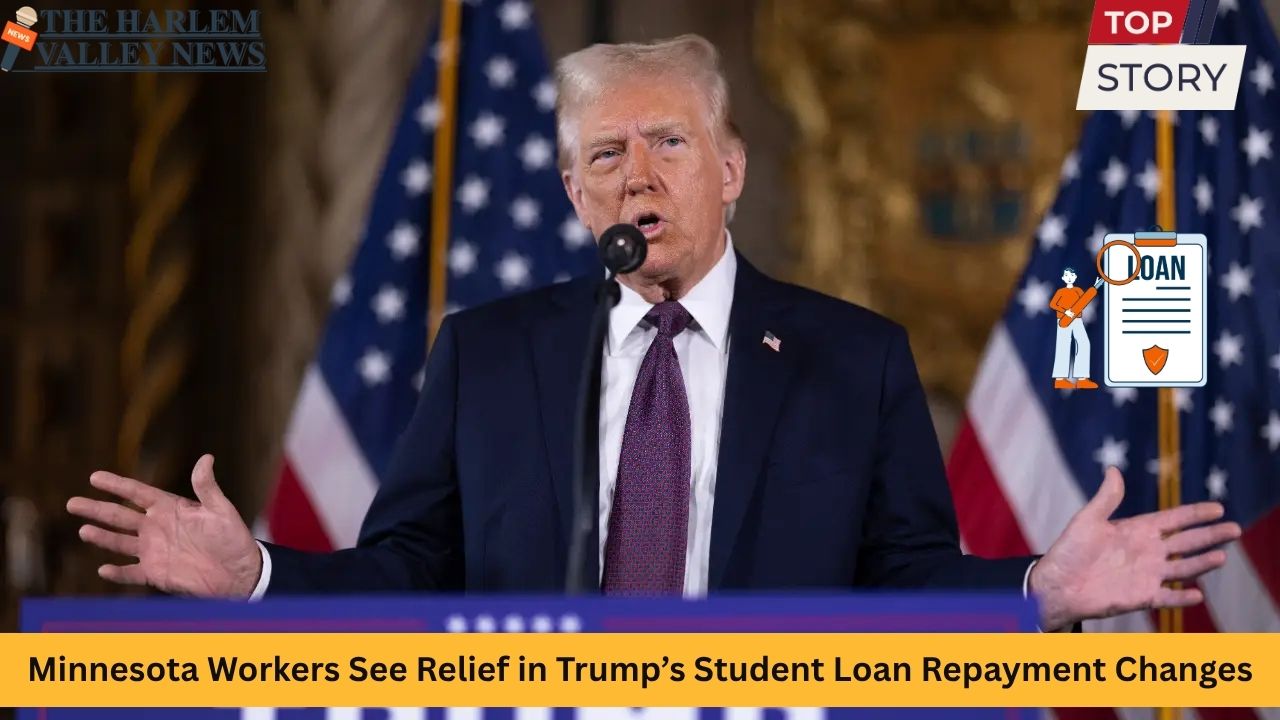

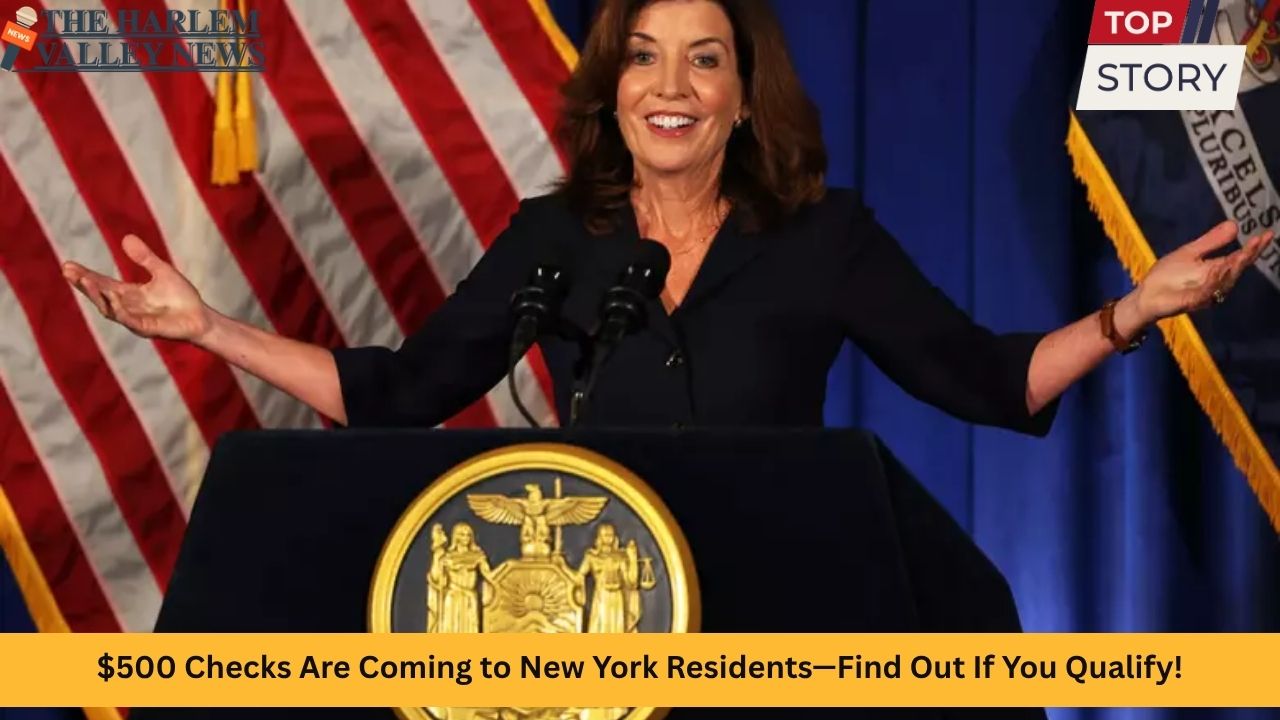


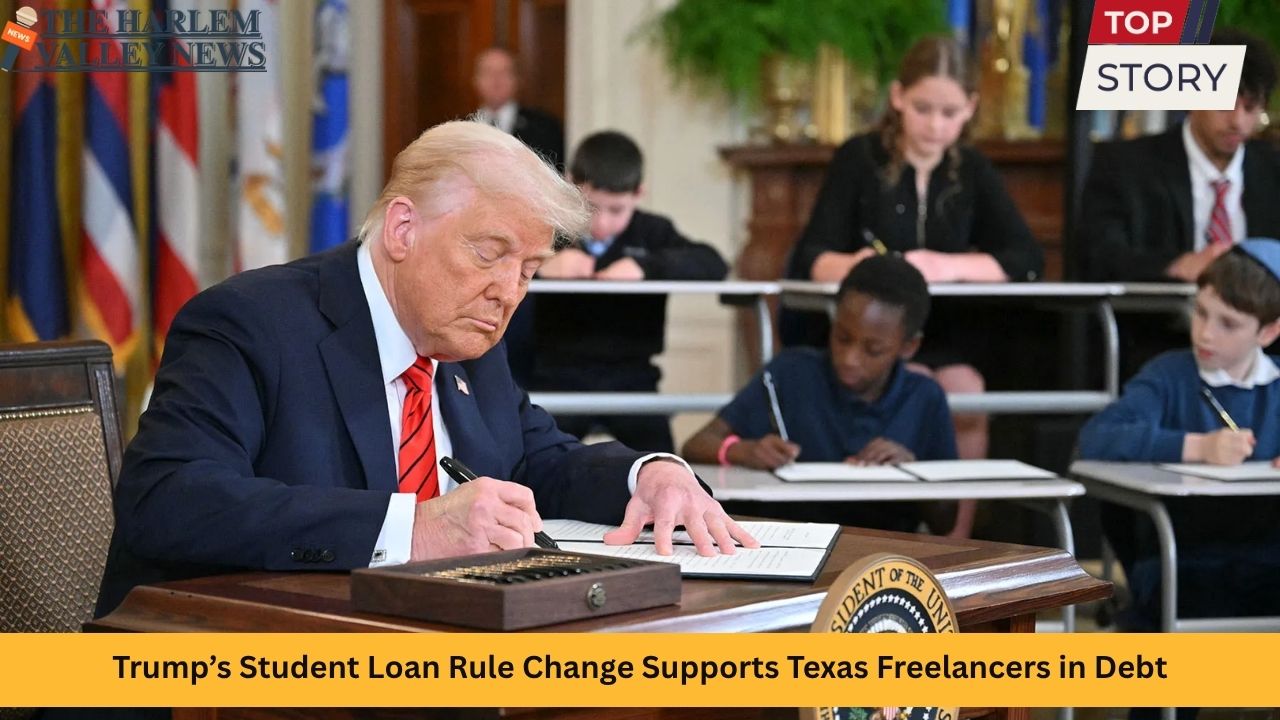
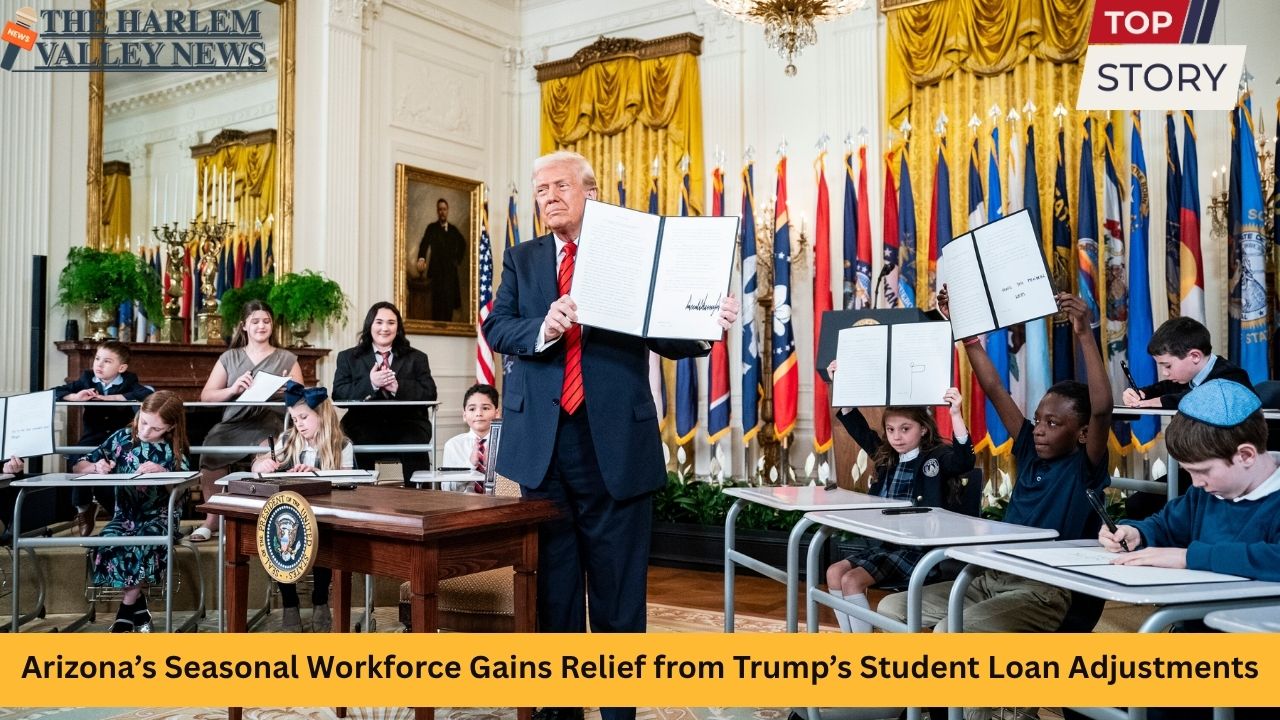

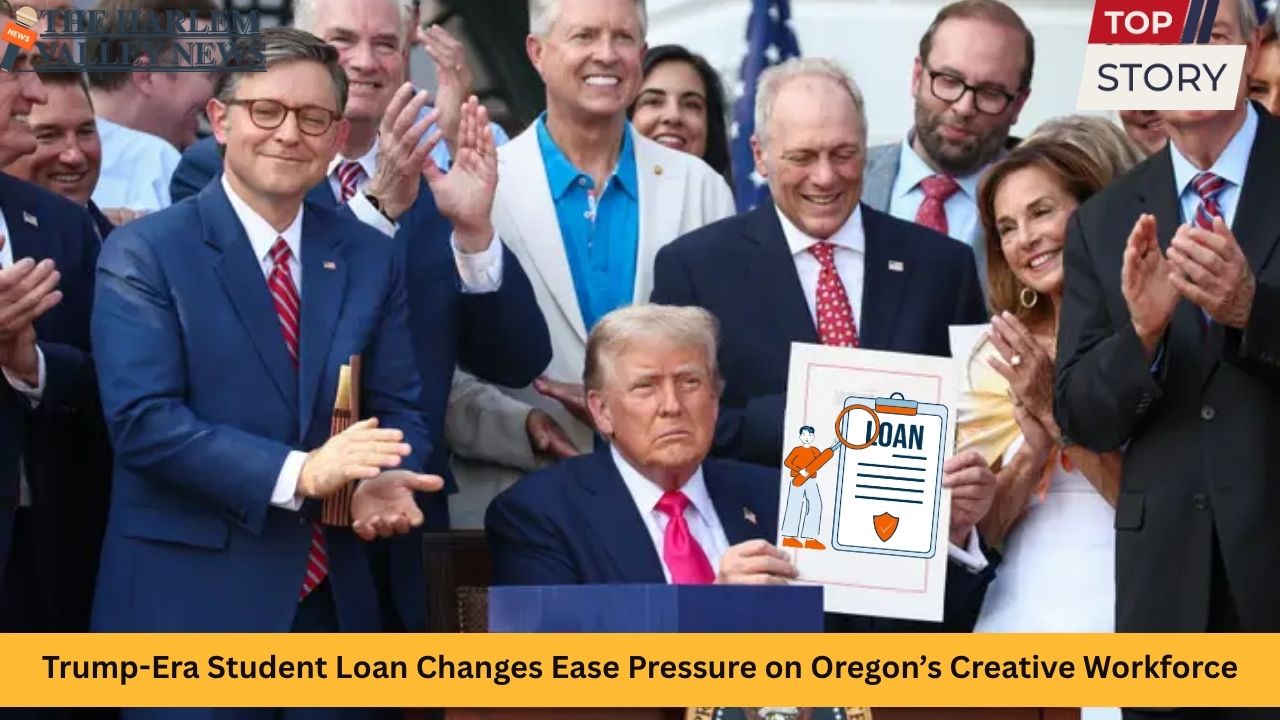
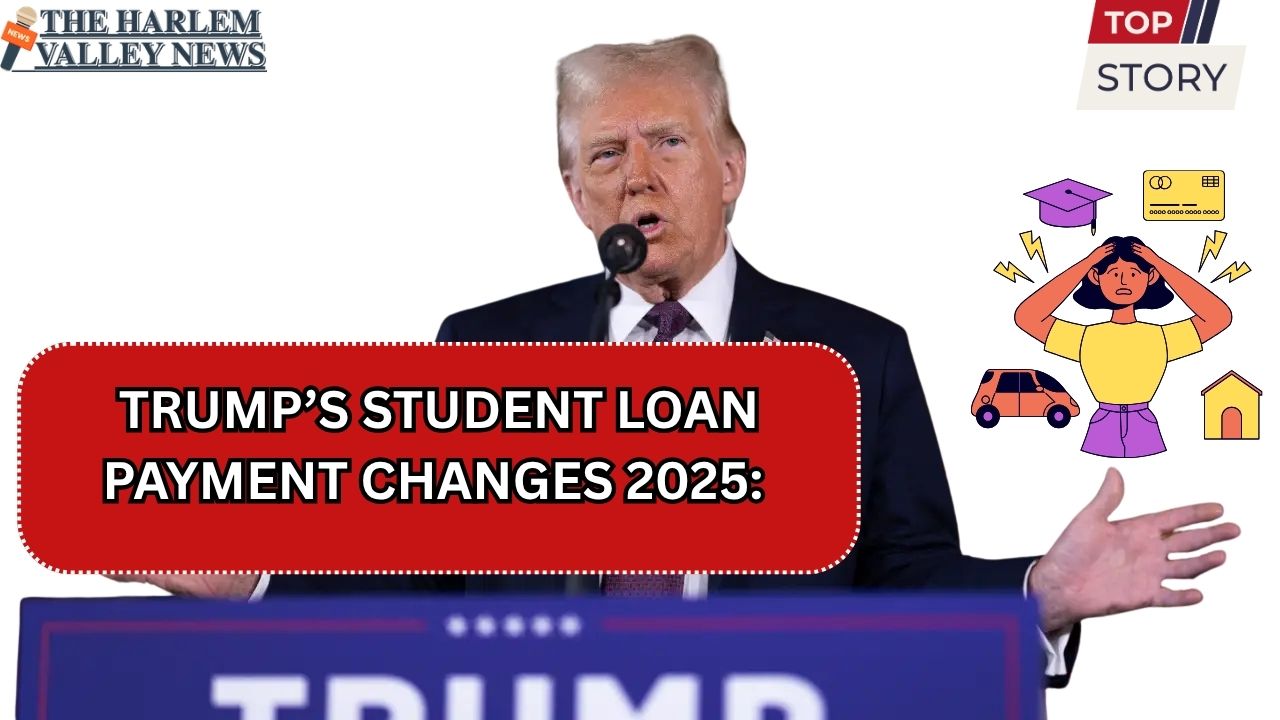

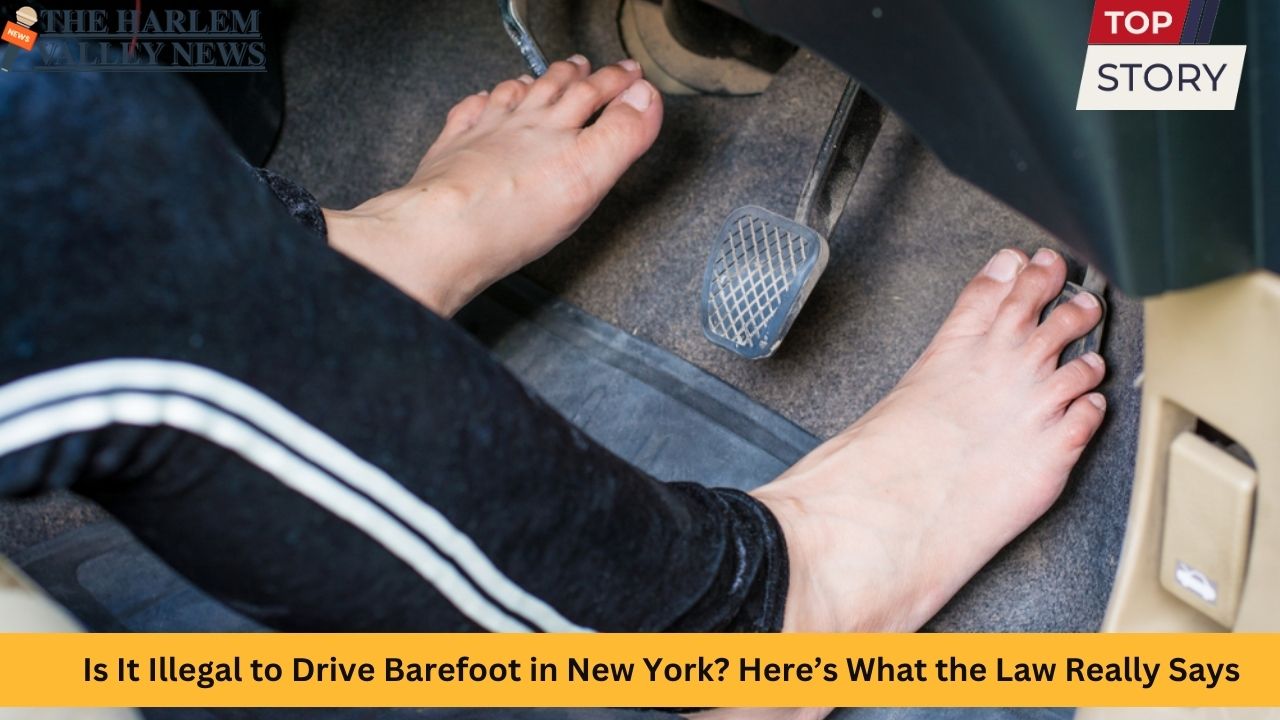




Leave a Reply